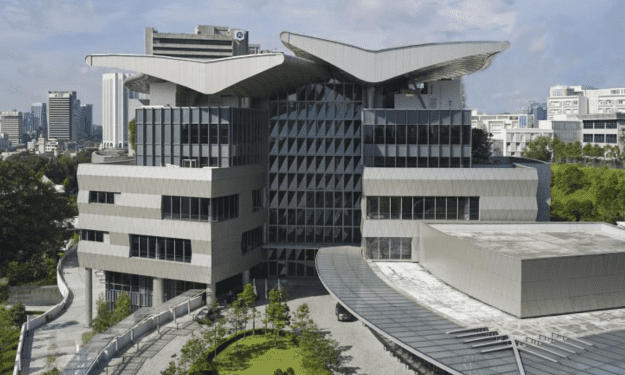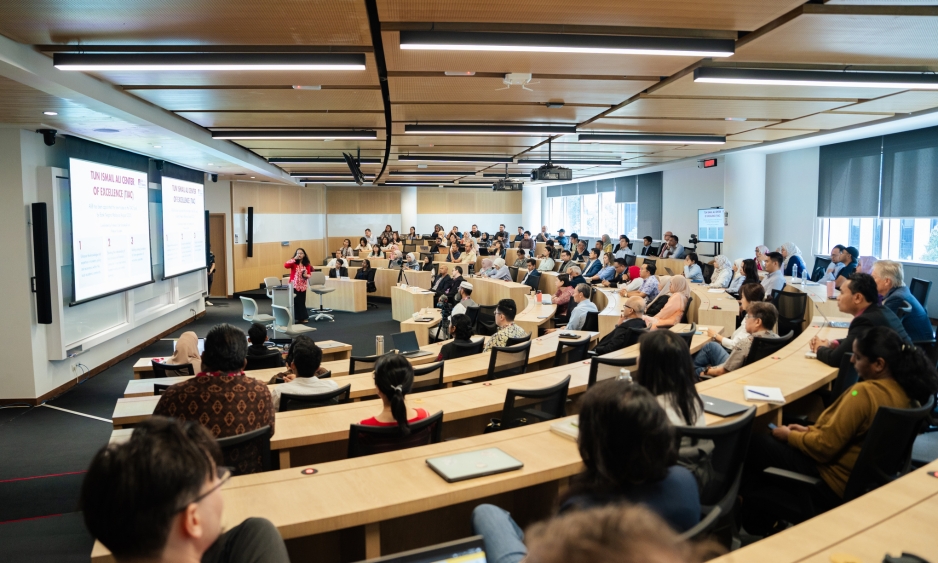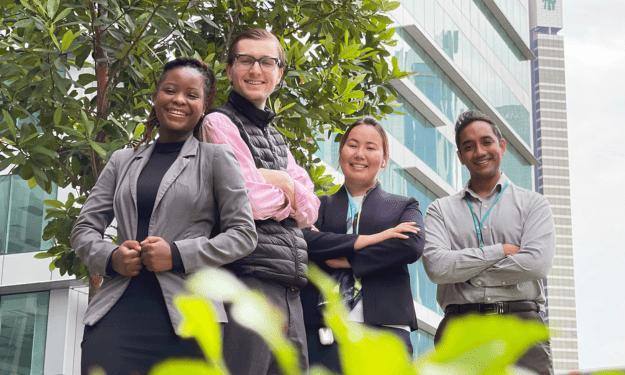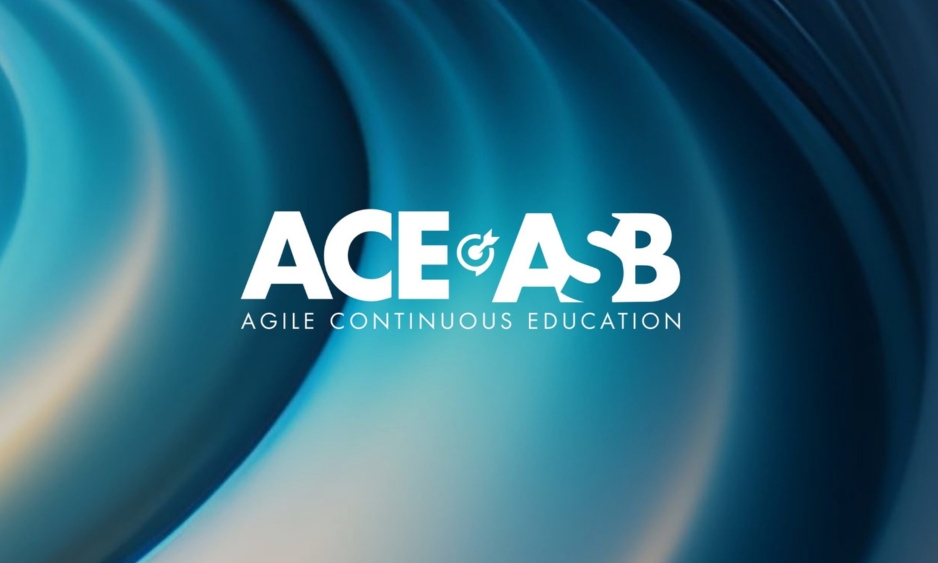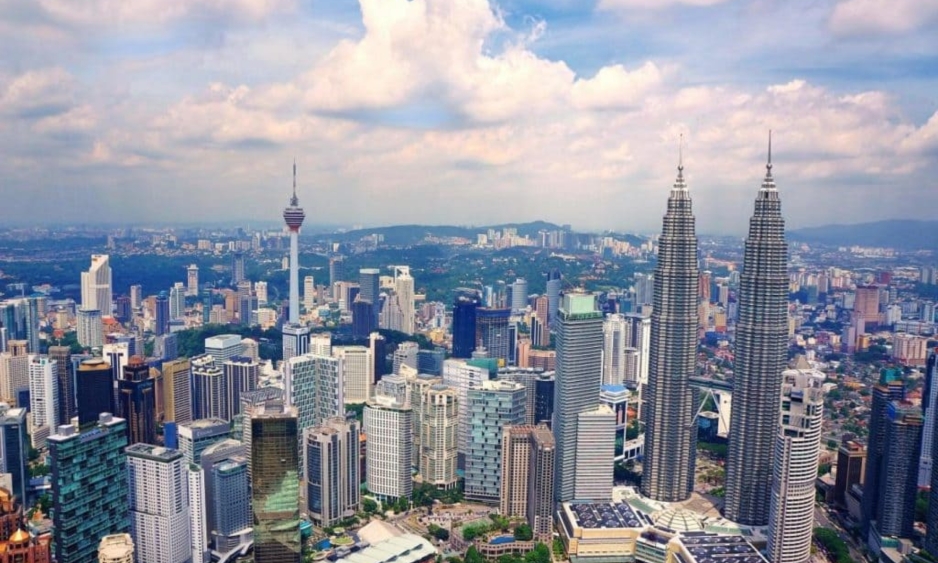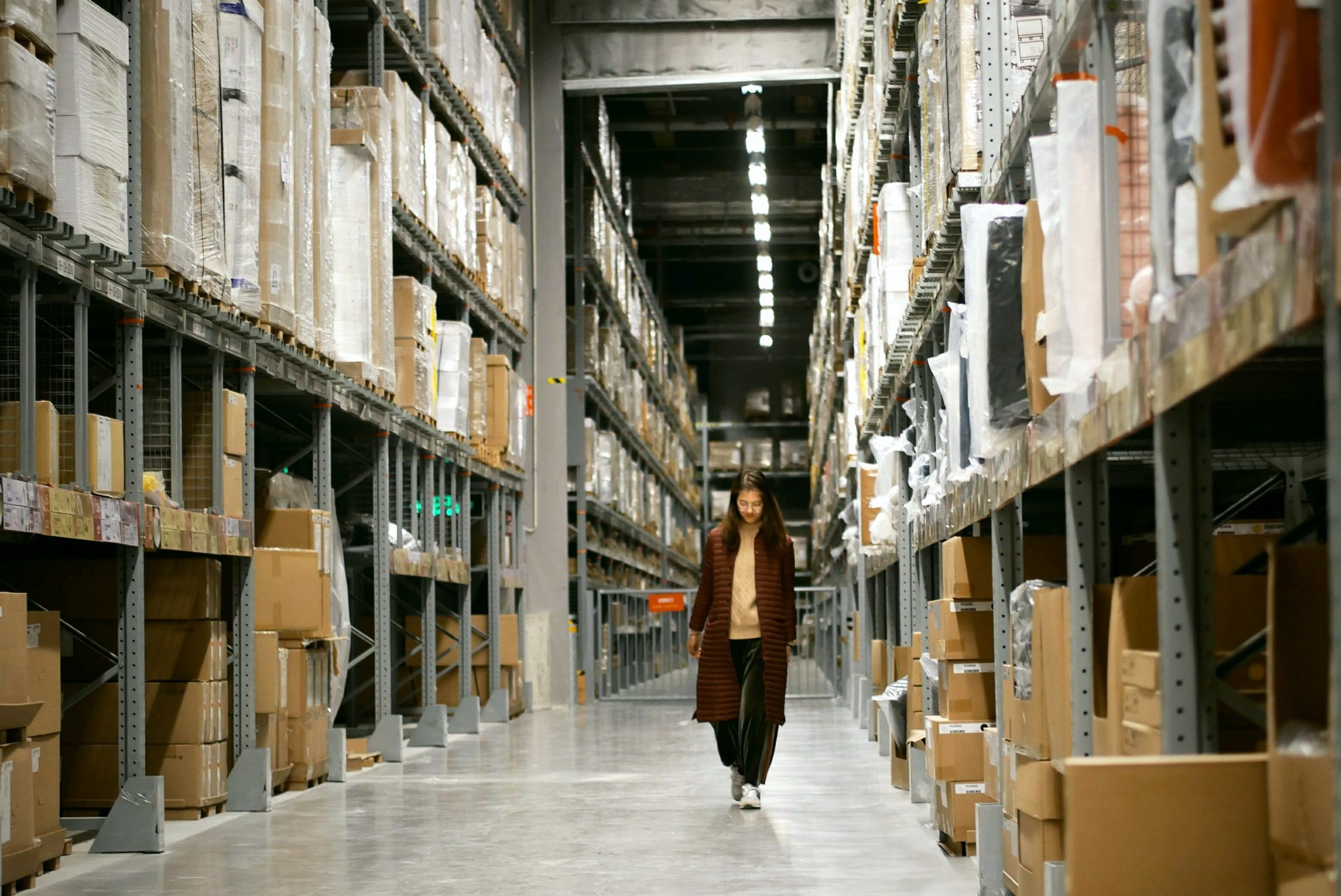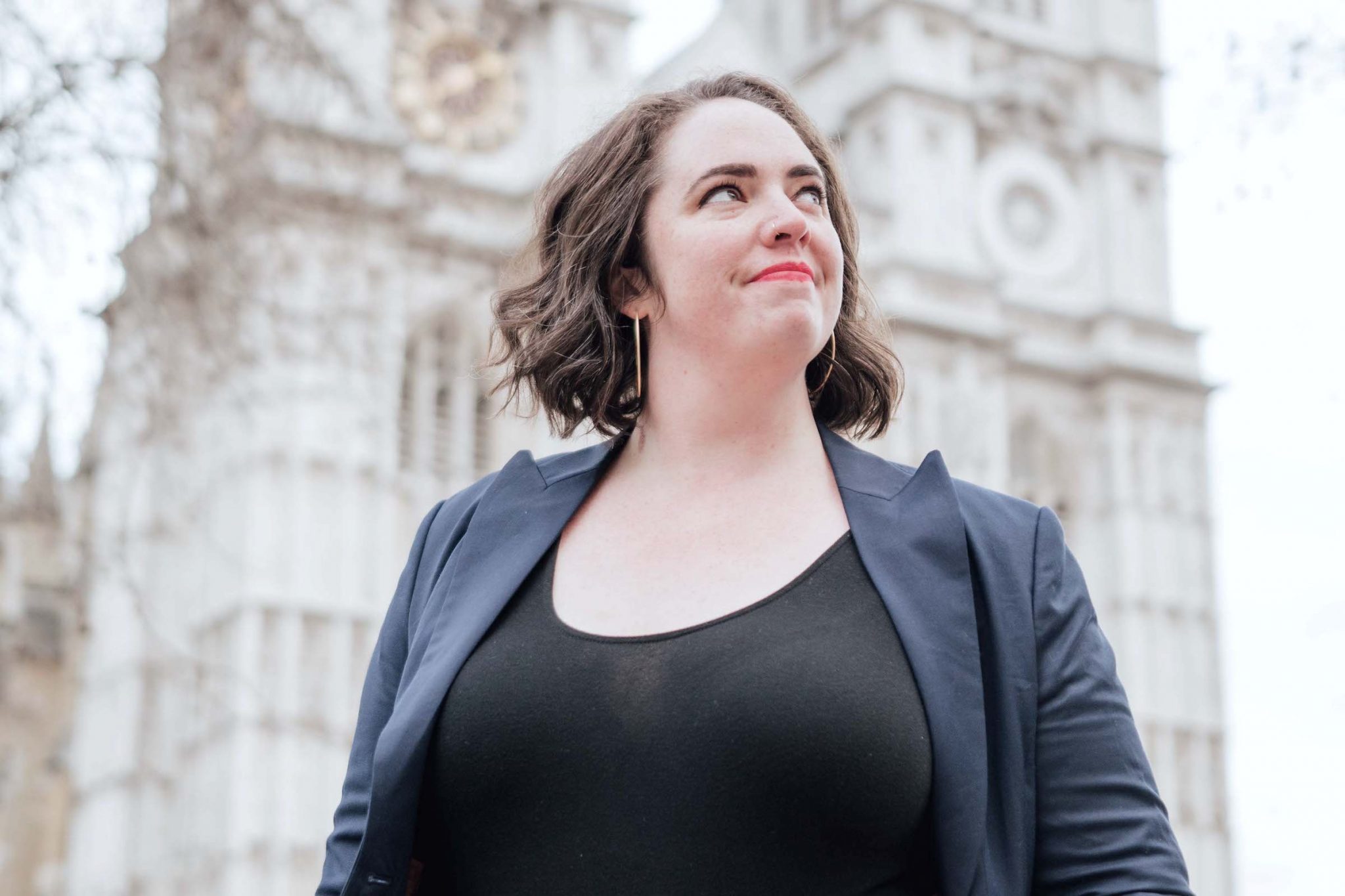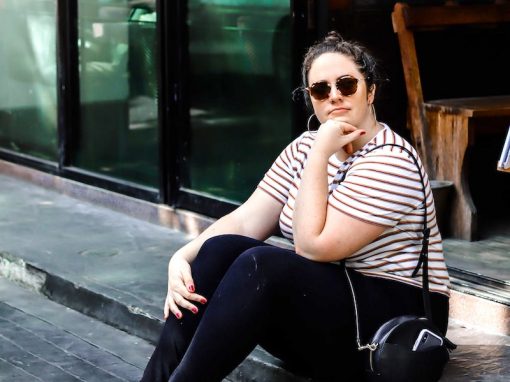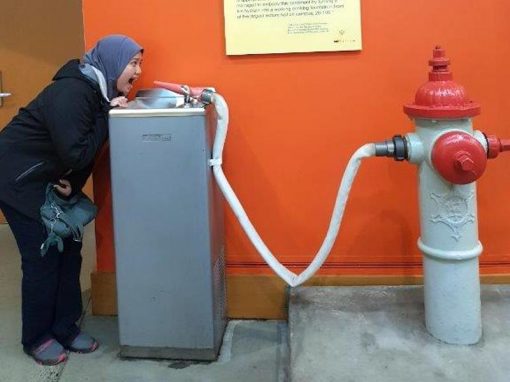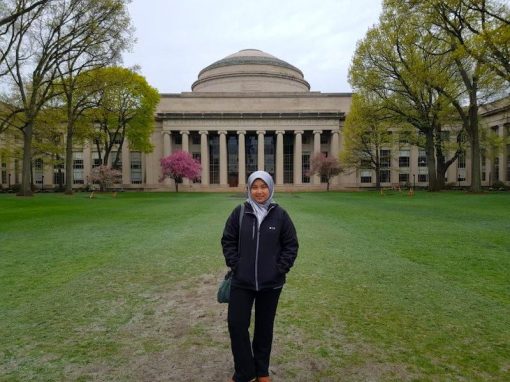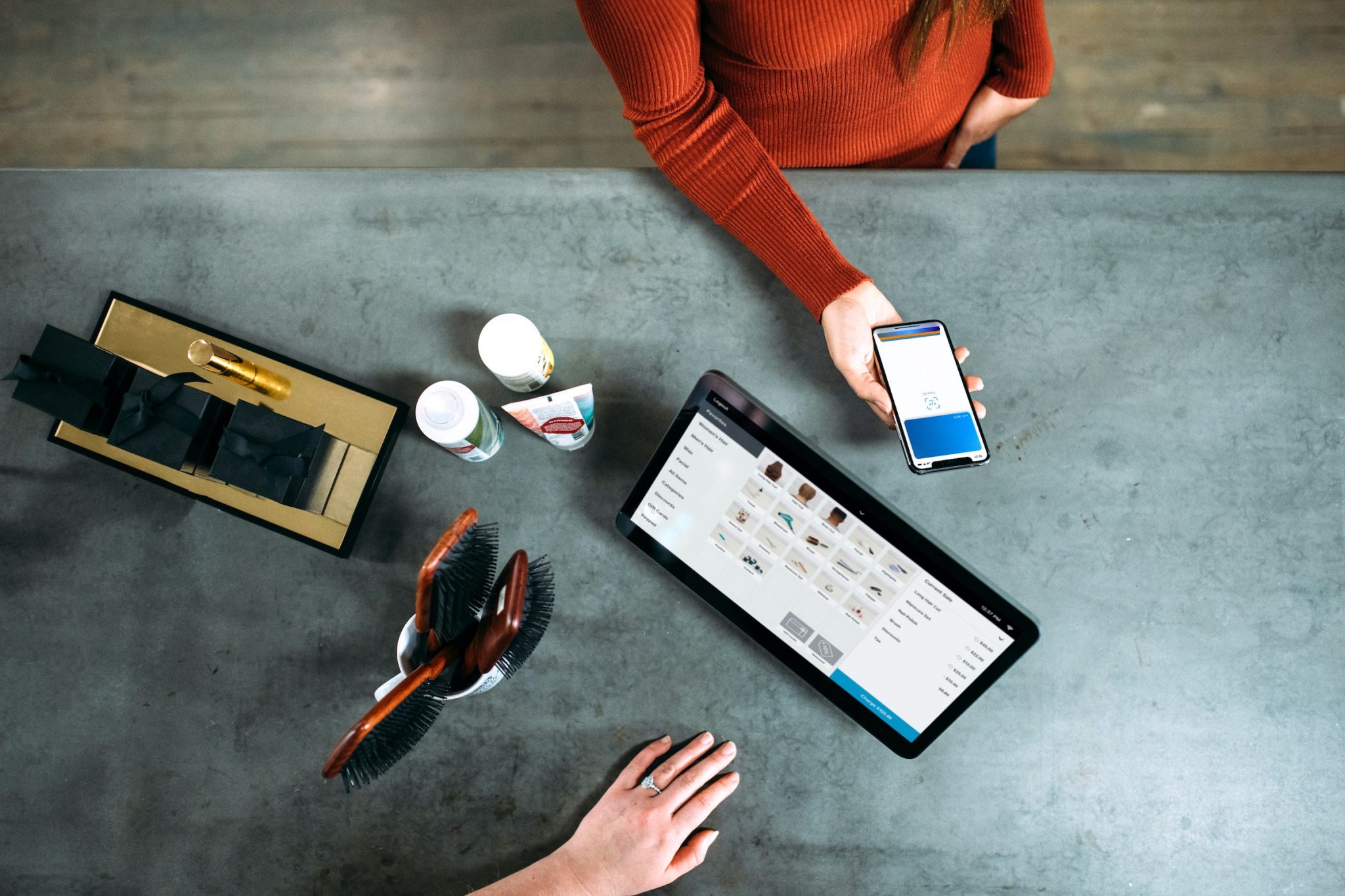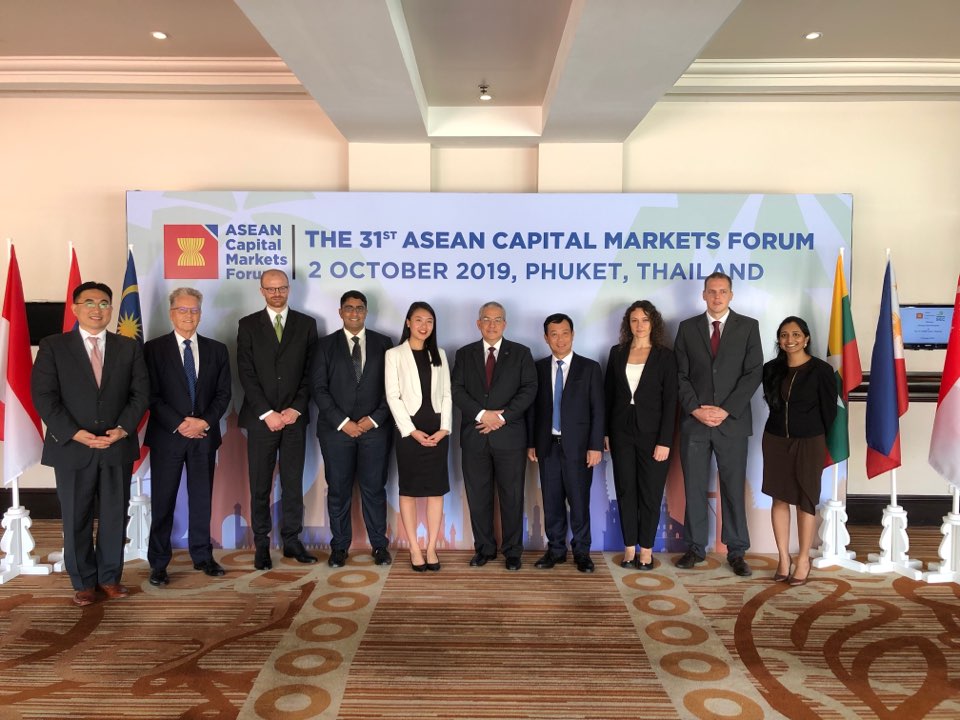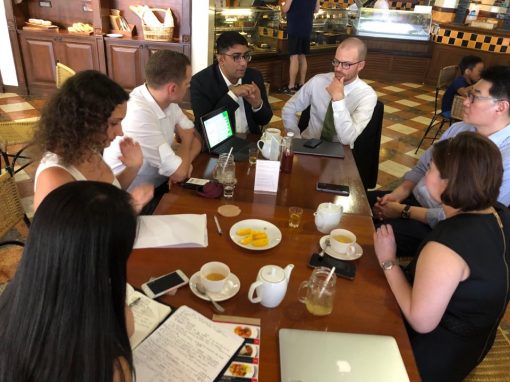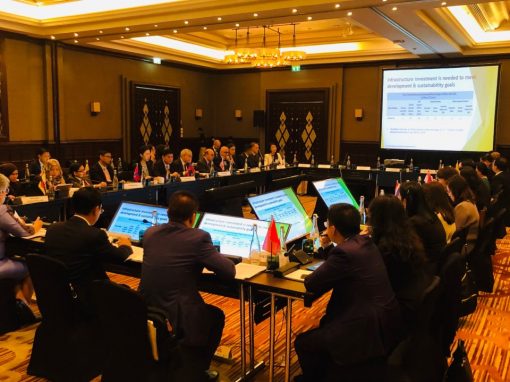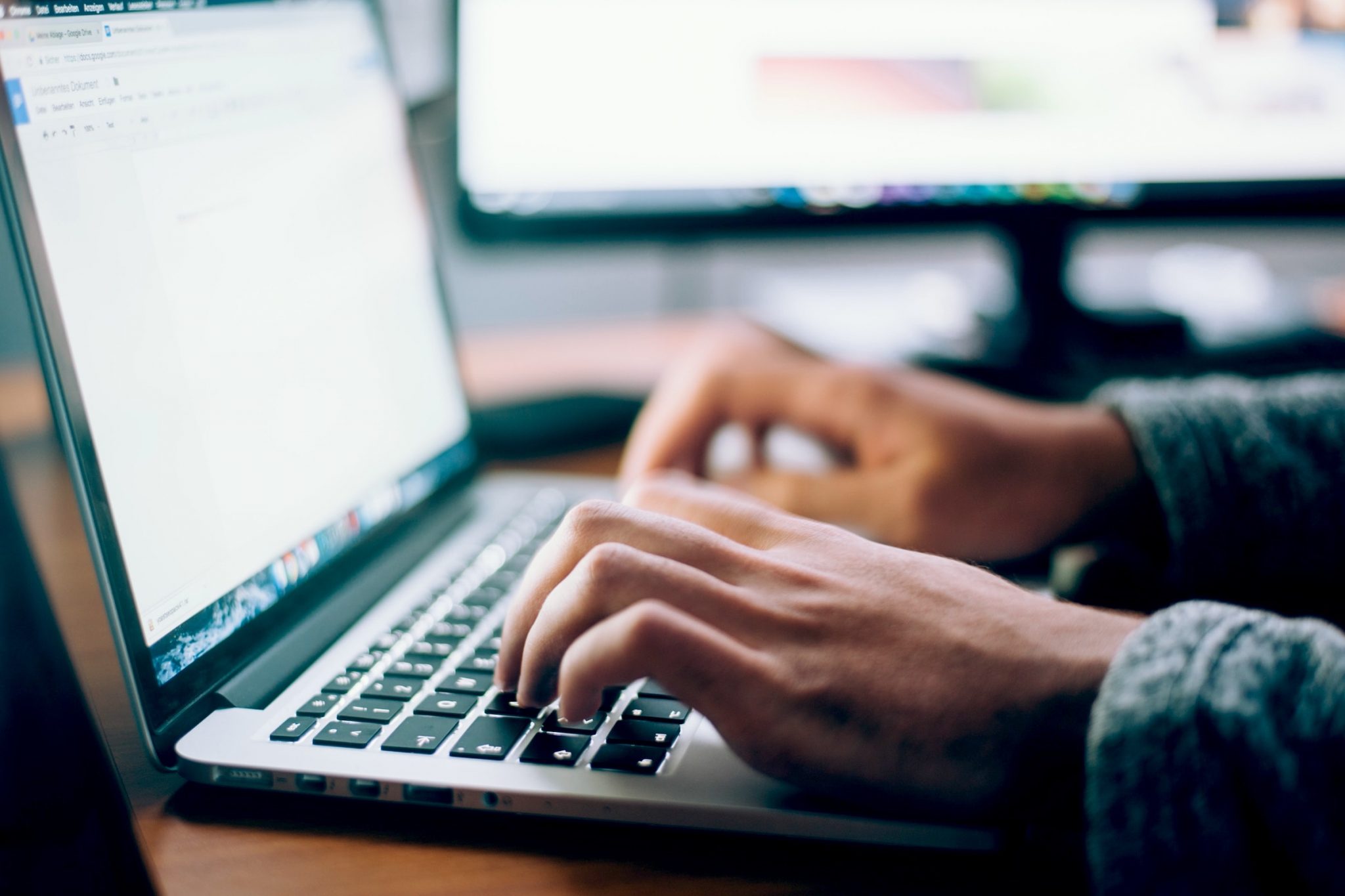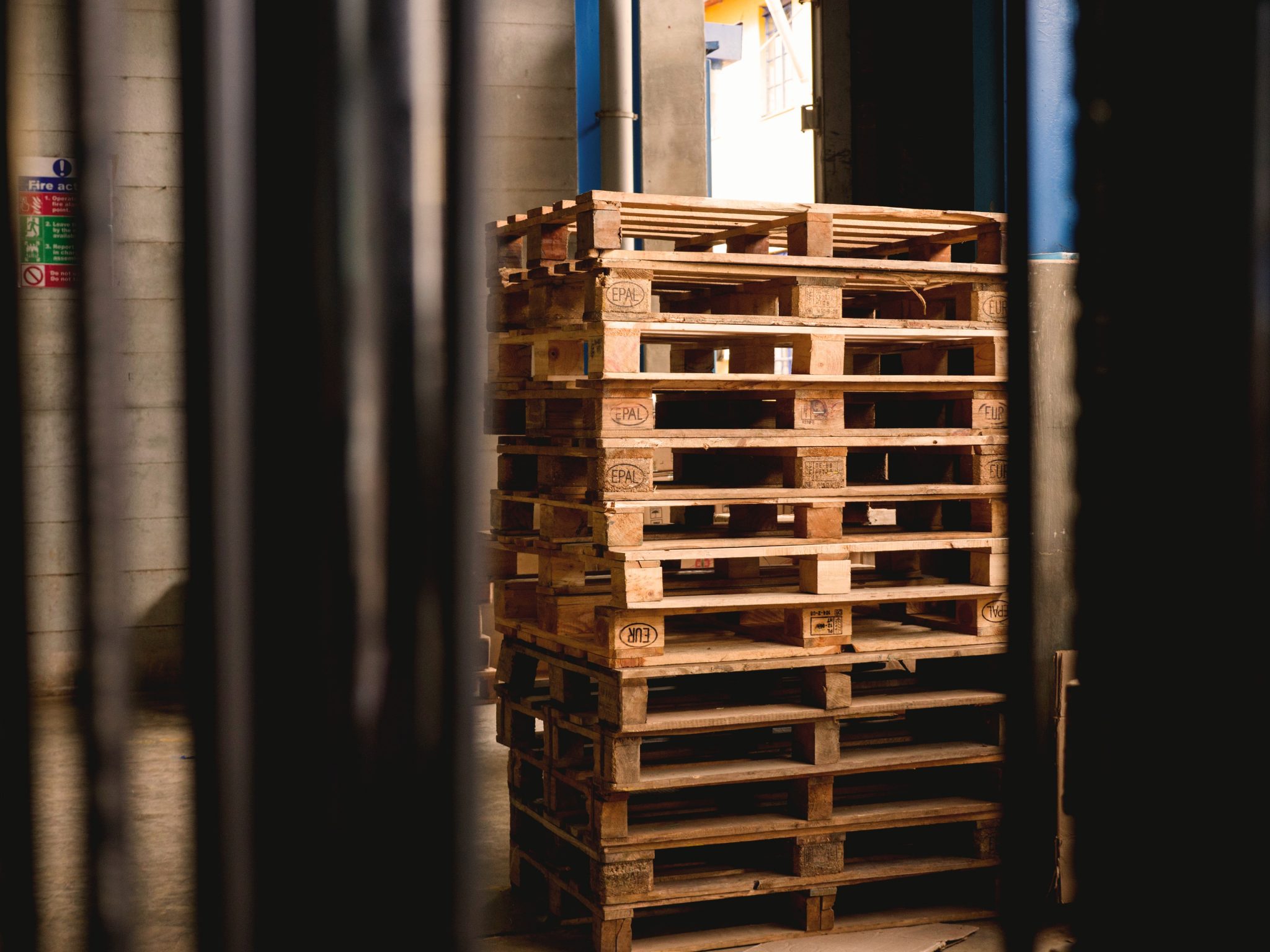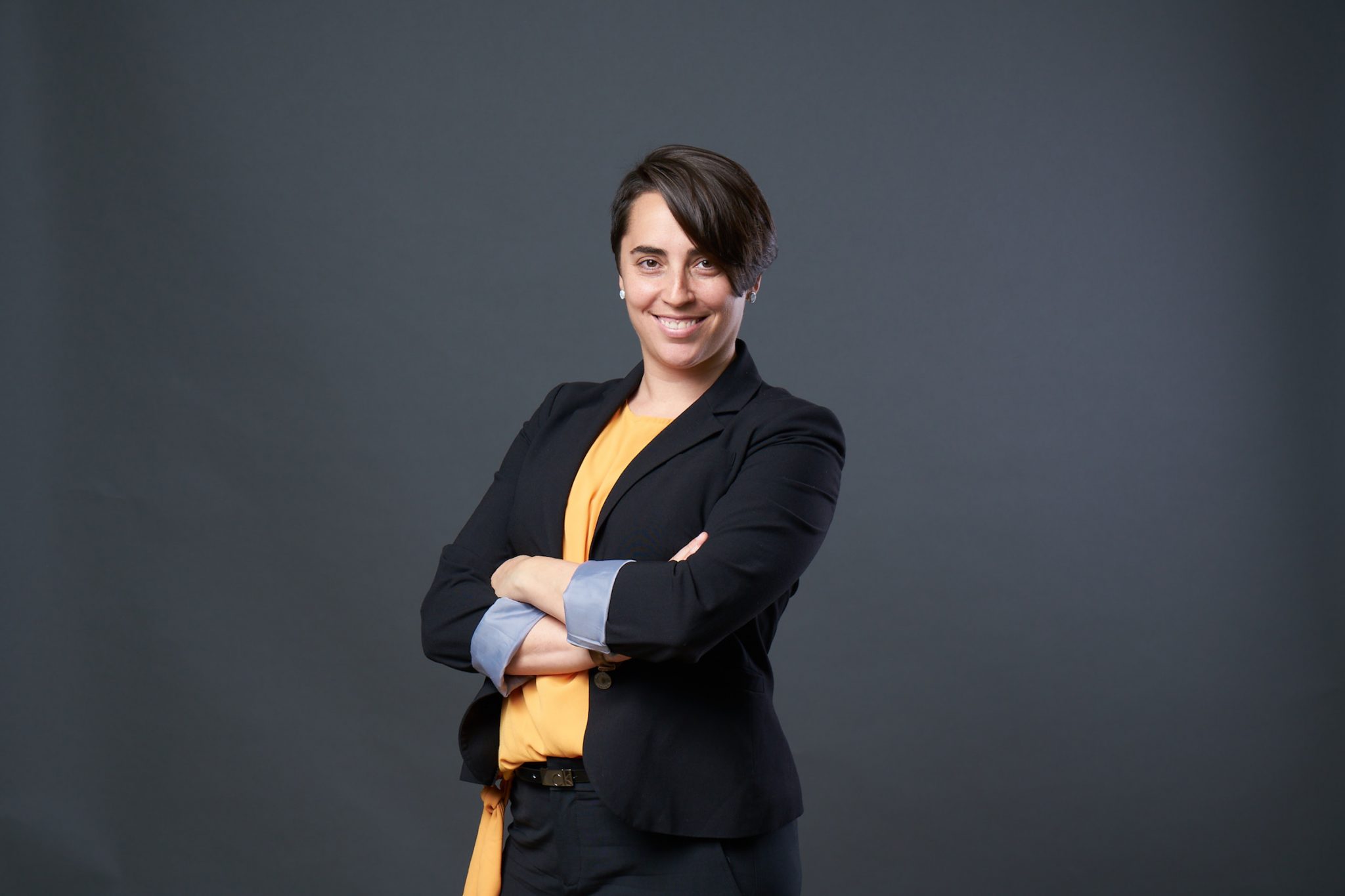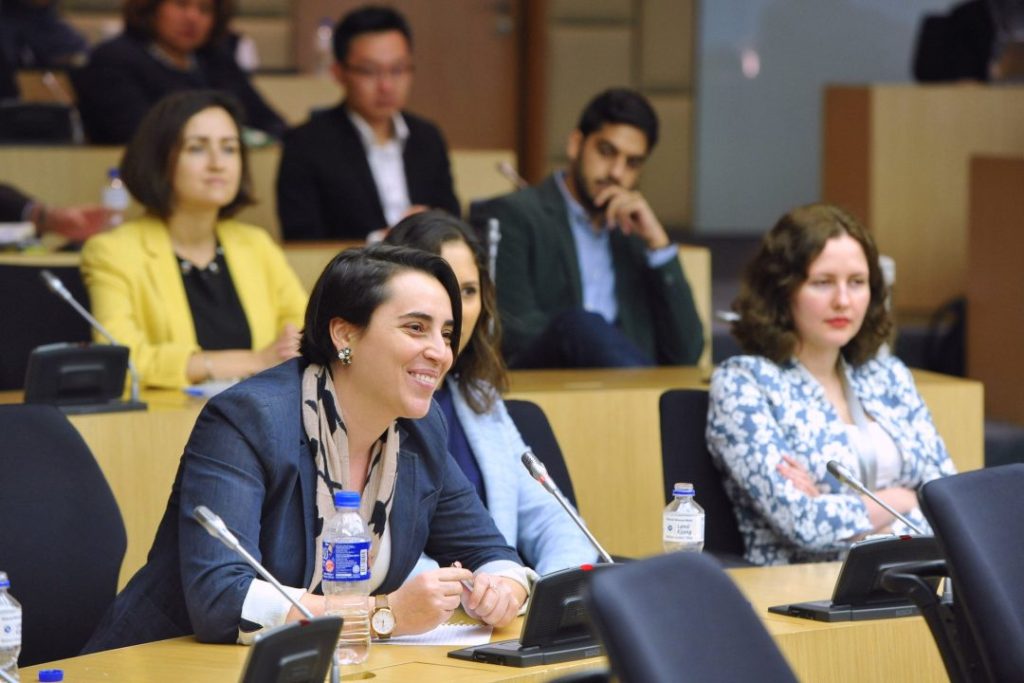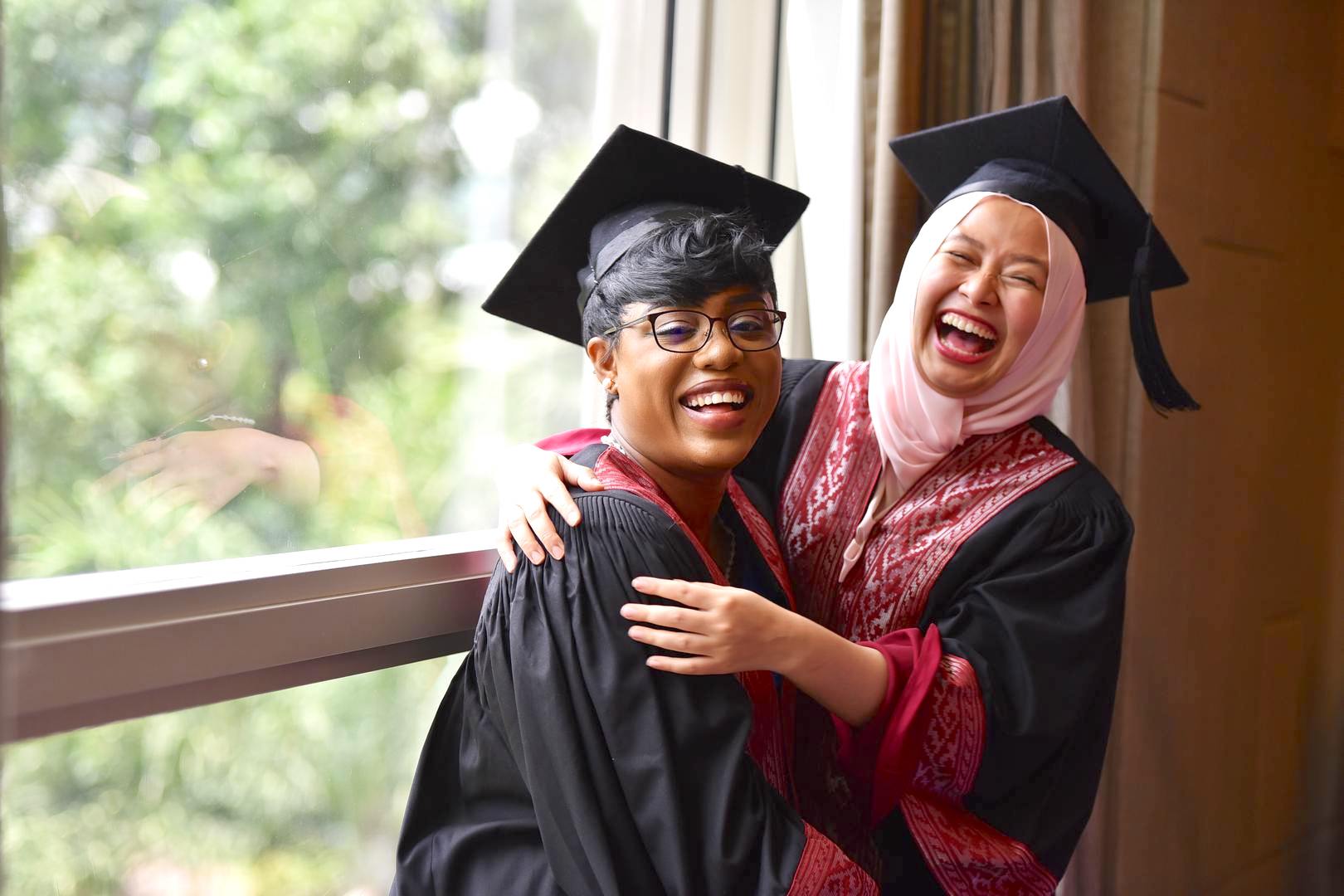Just as the MBA Class of 2020 gears up for the job hunt, the novel coronavirus (COVID-19) disrupts the global status quo. All around us, we hear news of some industries struggling to make ends meet, while others unexpectedly thrive. No matter the industry, a core resounding message is clear – pivot or face the consequences. This message is timely for MBA graduates too.
Many of us have entered business schools with well-defined career aspirations but find ourselves at a crossroads, deciding whether to pivot or stay true to our original paths. To support the Class of 2020 and soon-to-graduate Class of 2021 to think about the way forward, the Career Development Office at Asia School of Business launched a “Rejuvenation & Reimagination Series,” a series of panels that explore industries that have evolved during the COVID-19 pandemic and the new opportunities that opened up with that change.
The first installment of this series, “The Role of Blockchain in the COVID-19 Crisis and Recovery,” presents two experts – Shi Khai Wei, COO of LongHash Ventures, and Sharad Malhautra, an Independent Consultant of EY with 15+ years of experience in the blockchain domain – who shared their perspectives on the evolution of the industry and what opportunities lie ahead for MBA students. It was also moderated by our very own blockchain explorer and expert, Varun Singhi (MBA Class of 2020).
The Case of Blockchain Supporting Global Supply Chains
The general lack of connectivity and data exchange built into our global supply chains has become painfully clear [1] during this pandemic. Sharad shared that companies are challenged to provide greater “visibility and resilience for the global supply chain,” and that is where digital technologies like blockchain will help. He further broke down this situation by explaining, “When it comes to supply chain, the two [most valuable] aspects of blockchain are visibility and reconciliation.
Even before COVID-19, the majority of companies, both large and small, have struggled with moving assets across cities. That’s predominantly because companies are moving products across different functional, business, or system silos.” Any silo in the supply chain will cause a lack of transparency, and with it, inefficiencies. Companies would have more inventory in some places than others, which necessitates higher working capital.
MBA graduates, who understand how supply chains work and how technology can play a part in breaking down silos, can improve planning and increase visibility. “Ask any logistics manager or supply chain planning manager, ‘Do you have 100% confidence in the inventory and supply data in your system today?’ and he will say, ‘I still have to do a lot of physical counting and verification.’
I think that’s what blockchain helps to alleviate by giving more visibility and real-time accuracy to your data and products. When you have that, you can make better planning decisions,” Sharad explained. Shi Khai chimed in by describing the kind of start-ups that are drawing the attention of VCs during this pandemic: “When we were facing this pandemic, we wanted to see how blockchain could help address some of the most immediate pain points.
We brought together enterprises from China and Singapore. We even had McKinsey as one of our partners, along with the technology arm of MDA and OneConnect, to identify solutions and score them… It’s really about transparency and reconciliation or settlement. The top winner was actually a supply chain solution [for a vaccine], and they are now part of our accelerator program.”
This bears good news for us, MBA students, who want to add value to global supply chains or even start our own businesses. How then, can the Classes of 2020 and 2021 make ourselves relevant?
The Skill of Digital Transformation
Sharad asserted that future MBA students will need the ability to navigate digital transformation. Graduates should understand how different technologies like blockchain, machine learning and AI work separately and together, figure out how new technologies can create accelerated value creation, and then translate them into business impact.
“[As MBA students], you understand supply chain and operations, but do you really understand blockchain enough to know exactly how to use it to generate value? It’s more about understanding digital from a solutions standpoint. What would a blockchain solution, an AI solution, a process automation look like in a large organization?” Sharad said.
IDC predicts that “over 50% of all IT spending will be directly for digital transformation and innovation (up from 31% in 2018)” by 2024. In addition, DXC Technology, an American multinational corporation that provides B2B IT services, adds that “digital transformation initiatives will take large traditional enterprises, on average, twice as long and cost twice as much as anticipated.” [2] This is the opportunity presented to MBA students.
“I don’t think digital transformation in enterprises is going anywhere in another 10 years. It is going to give a majority of graduating MBA students careers, so make sure you have the right skills. We see again and again that most entry-level MBA students going into the workforce are dealing with a lot of new technologies and are responsible for harnessing these technologies in organizations.”
Conclusion
Where there is crisis, there is opportunity. The unprecedented COVID-19 pandemic has exposed the gaps in many industries. This presents us with new opportunities, as long as we are able to see and seize them. As MBA graduates, we have been trained to look for the next opportunity and to position ourselves such that we could catch the megatrend of the next few decades. According to both experts, blockchain is one such opportunity. Shi Khai added:
“There is a lot of room to recreate a better version of the financial infrastructure that we see in the world today. There’s also a lot of room to make the fundamental blockchain infrastructure more mature. There’s so much more work to be done to make sure that security is waterproof, because once it’s on one chain, it’s gets exploited.
“When I came across blockchain, I thought it was something different, as it is the only technology that comes with a movement and a philosophy. The start-up industry for blockchain is [also consistently] different from the start-up industry of other technologies. There’s a lot of talk about decentralization and Web 3.0. Now, what do these mean?
“They represent a future where you no longer need the middleman. You could truly have peer-to-peer interactions. And with their open-source nature, you have a more inclusive and innovative ecosystem where anybody can come in and build on this technology, just like open APIs, by default. So fundamentally, it encourages open and inclusive innovation where everybody can collaborate on blockchain protocols.”
To learn more about blockchain, feel free to reach out to our very own blockchain explorer Varun, who would be more than happy to start a conversation about the opportunities available in this industry.
[1] AlMuhairi, 2020, Why COVID-19 makes a compelling case for the wider integration of blockchain, https://www.weforum.org/agenda/2020/05/why-covid-19-makes-a-compelling-case-for-wider-integration-of-blockchain/
[2] IDG Communications (2020) Key to sustained digital transformation in 2020: People, https://www.cio.com/article/3519273/key-to-sustained-digital-transformation-in-2020-people.html
